3D Printing a Melodica (4) – Wood details

8 July 2014
Ebony and Ivory
I’ve found that through extended practice, the plastic keys on the Yamaha P32D (and the Clavietta) melodicas start developing small pits. When this happens, I normally buy a new melodica, which means I also get the benefit of a whole new set of reeds. I’d like this melodica to be much more hard wearing, more in line with a quality instrument.
I’ve had some very old ivory key tops from an old piano lying around the studio for a while now, and I think it may be the time to put them to use. In principe I’m against the use of ivory, but these are from a redundant piano, and would otherwise have been thrown away. I’m thinking of overlaying this antique ivory on top of the 3D printed keys. If I reduce each key by 1mm on the top and front, I could cut the ivory strips to size, and glue them on.
And it would be great if the ‘black keys’ were made out of wood. My first thought was to recycle the black keys from an old piano, cutting them down to size, and attaching them to a 3D printed base. But that would give a very distinct ‘black and white’ piano look. Maybe I could use a different type of wood, and have a look similar to the Vibrandoneon Mk II:
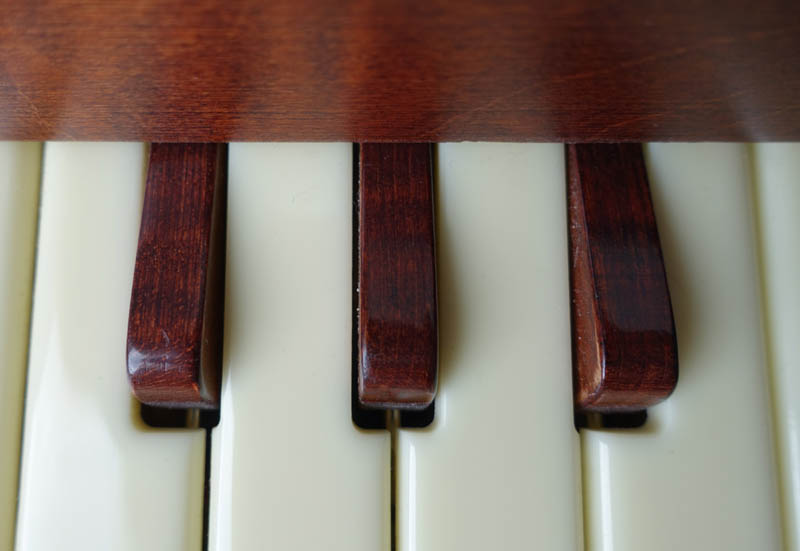
Wooden parts
I’m visualising other wood parts on the melodica, to get away from the plastic look. And certainly a wooden mouthpiece – I’ve never been entirely comfortable with a piece of plastic in my mouth for several hours a day. It would be good if all these wooden parts were made from the same timber, to give a consistent look.
Timber options
So what types of wood might be suitable for a mouthpiece? I know Irish flutes are generally made from either African Blackwood (from the Rosewood family), or Ebony. But I’m not sure I’ll need to limit myself to these high quality woods, seeing as my mouthpiece is the only wooden part of the new melodica that will come into contact with moisture. And it will be removable, meaning that it can dry out in between playing sessions.
From doing some research, I see that there are wooden flute and recorder makers who are experimenting with all sorts of interesting and exotic woods which might really add some interest to the look of the new instrument.
Oak
I’ve always been a fan of working in oak, and I could source some reclaimed English oak, to emphasise the British theme:

Walnut
And I’ve already made a button Accordion from Walnut (under the guidance of Emmanuel Pariselle), which looks very nice with Wenge accents:
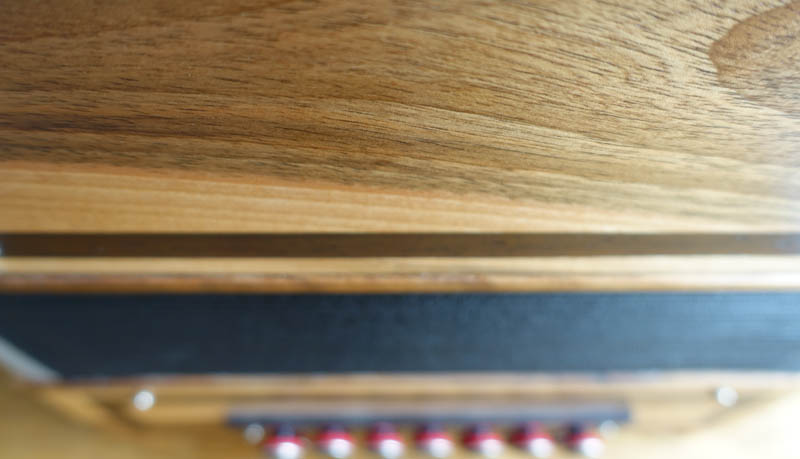
Bocote
There’s several other possibilities including different types of Rosewood, Kingwood, and a Mexican wood called Bocote, which unfortunately has been known to cause allergic reactions:
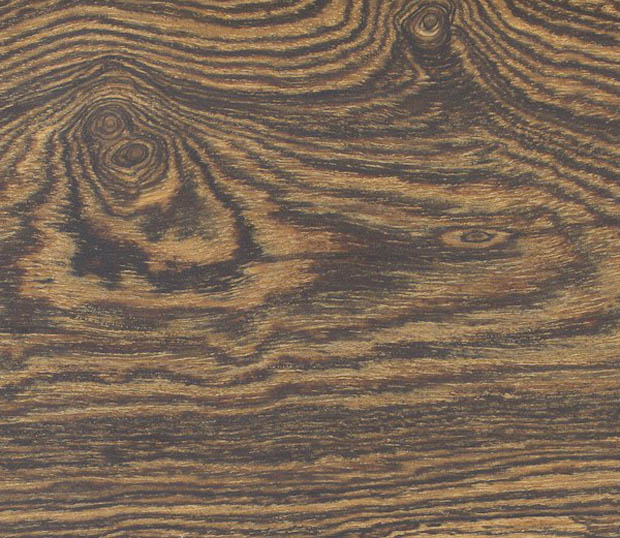
My favourite
But there’s one wood which really stands out to me as rather beautiful. It’s called Zebra Wood. Also known as Microberlinia or Zebrano, this strikingly grained timber comes from central Africa. But it seems this wood is considered a threatened species. I wonder if it’s possible to find some reclaimed examples. I only need a very small amount.
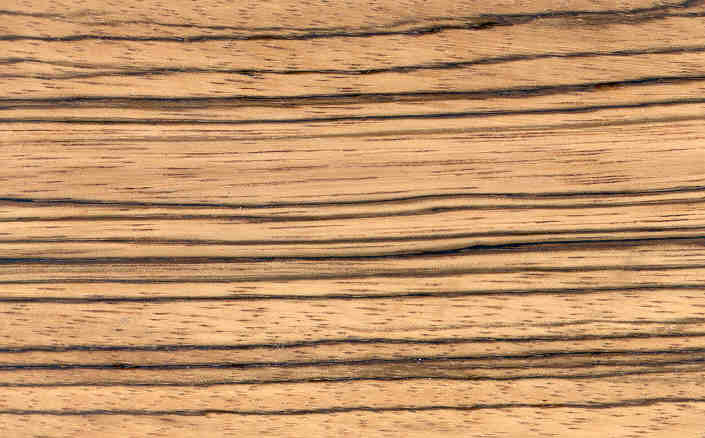
Any ideas for timber choices?

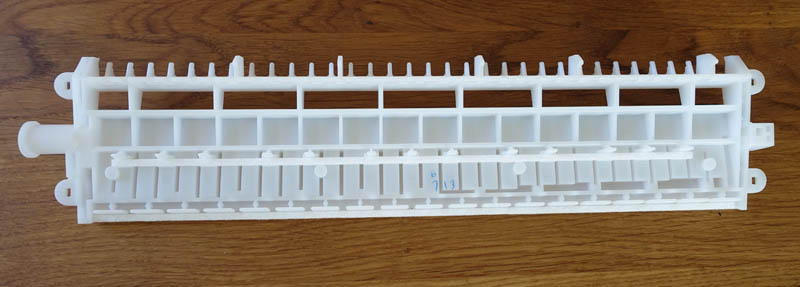
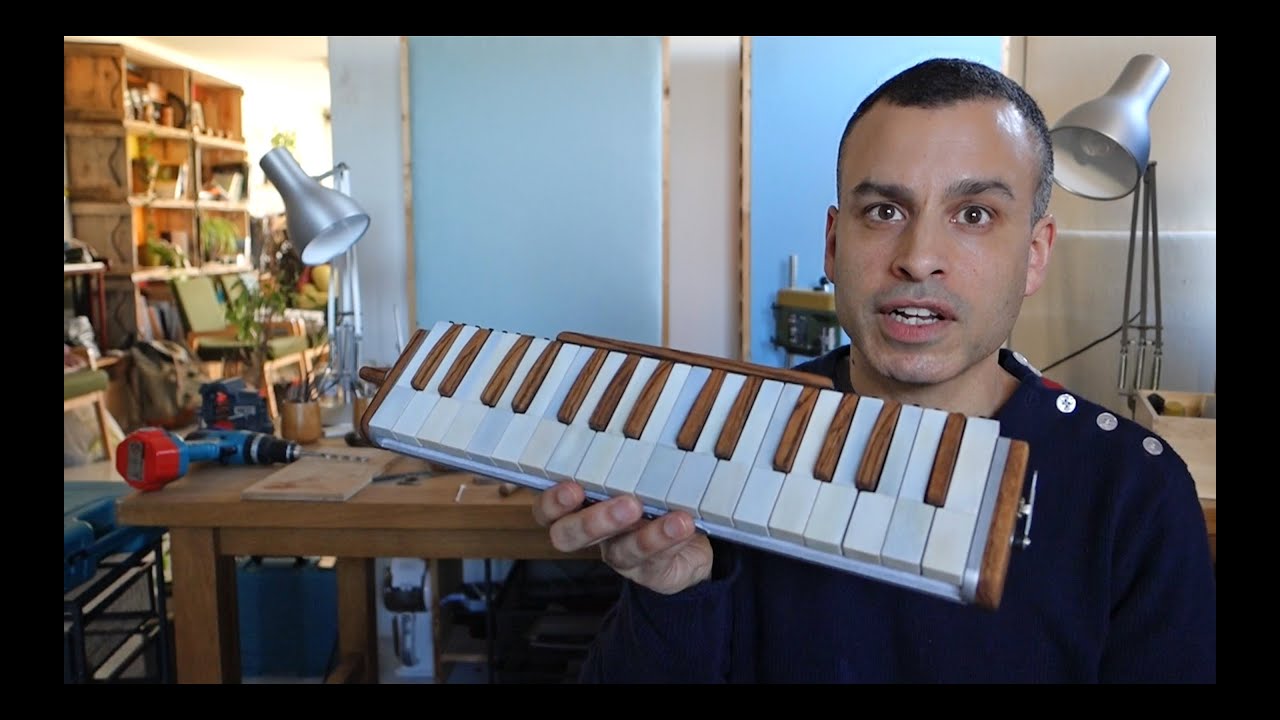
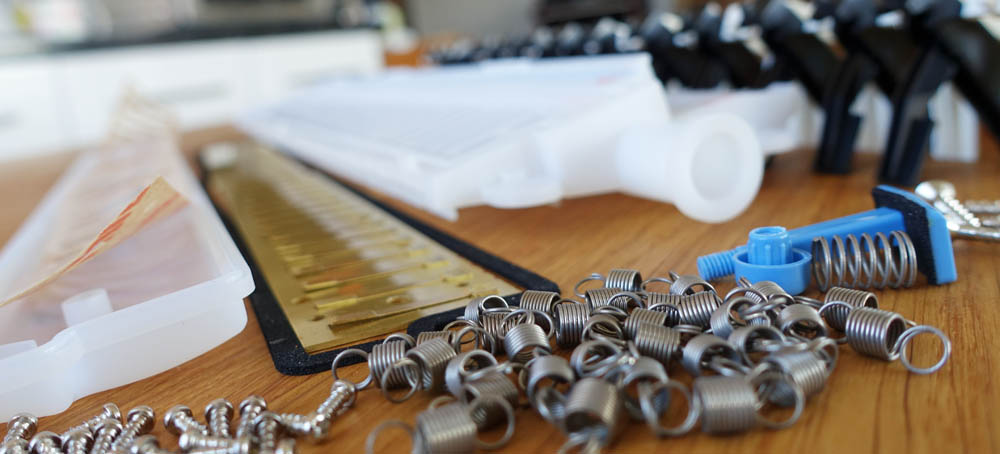
Which Pariselle course were you on? I did the one in Yeovil this year. Great fun, though still at a loss as to how to actually play the thing – I can cope with piano, C-system chromatic, and Janko system keyboards, but bisonoric things require a lot more rewiring of the head.
Anyway, I watch your project with interest, as I have a deranged wish list of features I would like my ideal melodical to have (including a Janko keyboard, which I am appalled that no one manufactures already), and if you can do it, maybe I can too. What programme do you use for the 3d modelling?
Hi David
I also did the Yeovil course, but mine was 2 years ago. Yes, they are great fun. I also can’t play the button accordion – I just wanted to know how to make one.
Thanks for introducing me to the Janko system. I’d never heard of it before, despite being a pianist. It’s really interesting – I hope you get to make one! My only concern with it, on a melodica, would be that it adds extra size, and one of my aims is to keep the instrument as small and light as possible.
I actually already play a Janko melodica, which is really a Hammond HP44 with a wooden hand-carved set of Janko keys crudely glued on to the instrument’s plastic keys – it works, but it’s very fragile, and thus a faff to transport, hence my interest in one that’s actually built properly, but I can already say with confidence that if I could have only one melodica, I’d want a Janko. If we ever happen to be at the same euro-dance or similar festival, and I’ve managed to bring it, I’ll be sure to let you have a go.
It does add to the size and weight a bit, but if the keys could all be made of lightweight plastic, I don’t think it would make that much of a difference. Size would be more of an issue – but if my *other* main wishlist thing could be built in too, namely a Vibrandoneon style ability to select between two ranks of reeds an octave apart, or both simultaneously (but with the proviso that the reed selector buttons be right under the fingers of the left hand, so you could effectively shift octaves in mid-performance), then you could save a lot on length to make up for what you lose on width.
Please let me know what software you’ve been using; I’m keen to start trying to figure out how to 3D model things, but really have no idea what’s good (and affordable) for a beginner to learn on.
Instant octave doubling is something I would really love to see in a melodica. And so simple, in theory, to incorporate. Any chance of posting a photo of your Janko experiment? Sounds fascinating.
I’m using software which is currently in development, so not commercially available now. I’m not sure what options are out there. I’ve heard of Rhino and Blender (which is free), but haven’t used them.
Alan, tigerwood is another beautiful option. And have you seen Snakewood? I can see a range of melodicas in different animal wood finishes – Zebra for the 32 note, Tiger for the 37, Snakewood for the 44… 🙂
I think Indian Sandalwood is very difficult to get hold of now, but there are alternatives available from other countries. One of my favourite smells of all time!
For this project, I’m not thinking of the practicalities of duplication. This for me, is to learn about 3D printing, and to have lots of fun making a one off instrument that looks totally unique.
Alan, I would think that even if it is duplicated but with improved performance and a “Professional look” it would be a step forward to becoming a mainstream instrument.
Melodica-Me
I have no idea whether it might be an appropriate wood for this kind of use, but let me mention Tigerwood — also Sandalwood. I have a Buddha I got in Myanmar made of Sandalwood, and I know it’s used in making other fine objects.
I’m wondering if the idea is to produce a melodica that might be duplicated, as opposed to one that is absolutely unique and inimitable.
That’s two votes for Ebony! I’ve had a look at Macassar Ebony, and yes it is another beautiful option. Hard to work though, and not easily available. It would be great to use ebony keys from an old piano, and reshape them to fit the melodica.
I’m looking forward to hearing any suggestions you might think of MM! Having said that, I’m going to use this project to get some basic practical experience of making a melodica. There’ll be mistakes, and it might not function as well as I hope. But after this, the fun will really begin!
All great wood species Troy, let me throw out Macassar Ebony, it will last a life time and will go great with your ivory laminates. Your Melodica building post has inspired me. So for the next few weeks I am going think about what I need and what would improve what I use the most. Also thinking about functionality as well as esthetic, it has to look good and function even better.
Melodica-Me.
I think you’re right Quetscher, this opens up so many possibilities for restoring or repairing old instruments. And it won’t be long before there’s 3D printers (and scanners) in every household. Maybe in the future we’ll customise our melodicas online, note range, colour etc, and then download the files to print at home!
Quetscher replied 1 hour, 57 minutes ago
What about ebony (and ivory! LOL)? It looks great, a little darker than zebrano.
BTW, I read your blog with growing excitement and look forward to seeing your new melodica.
I guess 3D-Printing could be useful in another way: you don’t get parts for some melodica models any more (for example keys for the Hohner Professional), so it would be possible to create spare parts.